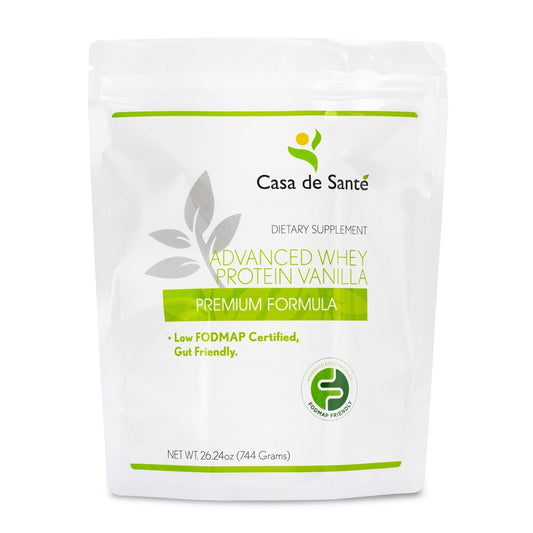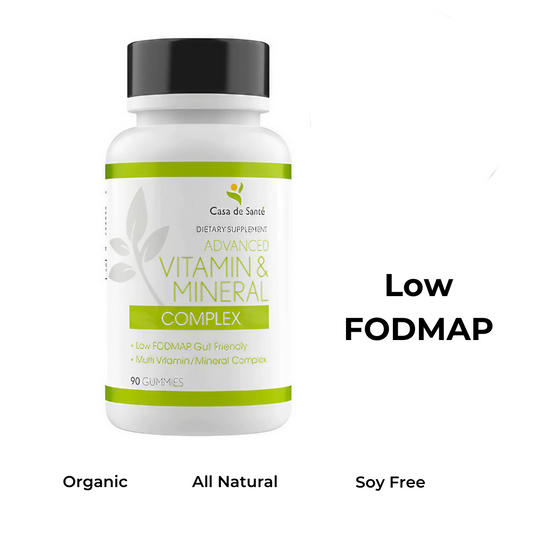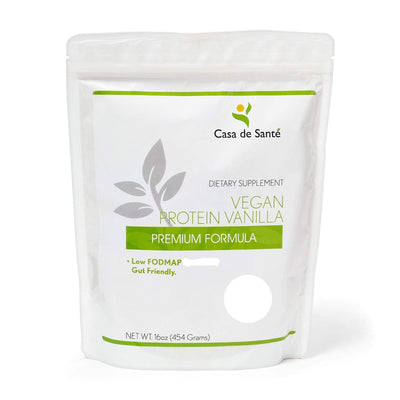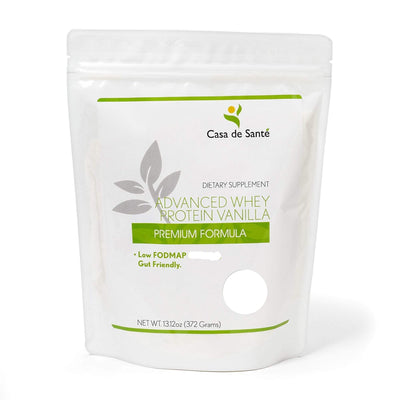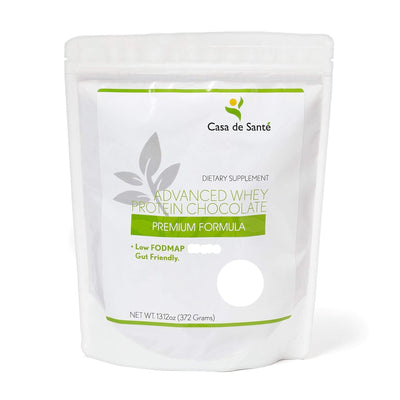Matrixyl vs. Retinol: Which Anti-Aging Ingredient Is Best for Your Skincare Routine?
When it comes to smoothing fine lines and boosting skin’s youthful glow, I often find myself comparing two powerhouse ingredients—Matrixyl and retinol. Both have earned a loyal following for their impressive anti-aging benefits, but they work in different ways and suit different skin types.
Choosing between these two can feel overwhelming with all the buzz in the skincare world. I want to break down what sets Matrixyl and retinol apart so you can decide which might fit best into your routine. Let’s take a closer look at how each ingredient tackles signs of aging and what you should consider before making your pick.
Understanding Matrixyl and Retinol
Matrixyl and retinol both target visible signs of aging, but they do so through different mechanisms. I analyze these ingredients based on their composition and effects in skin care.
What Is Matrixyl?
Matrixyl refers to a class of synthetic peptides, with palmitoyl pentapeptide-4 as the most studied example. I find that these peptides stimulate collagen and fibronectin production, according to peer-reviewed research published in the International Journal of Cosmetic Science. Laboratory studies report increased skin firmness and reduced wrinkle depth after 8 weeks of consistent application using peptide-based creams. Matrixyl molecules work primarily by signaling skin cells to regenerate structural proteins.
What Is Retinol?
Retinol, a vitamin A derivative, accelerates cell turnover and boosts collagen synthesis. I rely on decades of dermatological research showing that retinol reduces fine lines, uneven texture, and hyperpigmentation with prolonged use. Clinical studies indicate improvement in photoaging and smoother skin in as little as 12 weeks with topical application at 0.25–1%. Retinol operates by binding to nuclear receptors in skin cells and regulating gene expression related to skin renewal.
Benefits of Matrixyl
Matrixyl provides clinically supported benefits by acting as a signaling peptide that stimulates extracellular matrix components. I see results such as reduced wrinkle depth and increased skin elasticity. Double-blind studies report up to a 45% decrease in wrinkle surface after 2 months of twice-daily application (source: International Journal of Cosmetic Science 2013).
Matrixyl supports collagen I, III, and IV synthesis, which maintains skin firmness and resilience. I observe greater smoothness and improved skin texture as fibroblast activity increases. Clinical evaluations using peptide-based creams show measurable increases in skin density and turgor.
Matrixyl offers high tolerability compared to retinoids. I notice less irritation, redness, or peeling in sensitive skin types. Those with tolerance concerns, such as mature or dry skin, benefit from Matrixyl-based peptides since these molecules do not trigger the exfoliative effects seen in retinoids.
Matrixyl's compatibility with hydrating ingredients like hyaluronic acid and ceramides lets me layer it with other targeted actives. I maximize barrier repair and hydration in my regimen by combining Matrixyl with emollients or humectants, supporting healthy, youthful-looking skin.
| Benefit | Mechanism | Evidence |
|---|---|---|
| Reduced wrinkle depth | Collagen stimulation | 45% reduction in 2 months (Int J Cosmet Sci 2013) |
| Increased skin elasticity | ECM component synthesis | Measured skin density/turgor increases |
| Low irritation potential | Peptide structure/bioavailability | Minimal redness or peeling, suitable for sensitive skin |
| Enhanced hydration synergy | Formulation compatibility | Combined with humectants/emollients—improved hydration observed |
Benefits of Retinol
Retinol delivers measurable anti-aging results by increasing cell turnover and collagen production. I observe reduced fine lines, smoother texture, and improved skin resilience in individuals using retinol formulations. Research from the Journal of Cosmetic Dermatology (2016) links retinol use to statistically significant declines in wrinkle depth after 12 weeks.
Retinol addresses hyperpigmentation by normalizing melanocyte activity. I see visible fading of dark spots and a more uniform tone in those applying retinol serums consistently. Studies such as the British Journal of Dermatology (2019) report lightening of age spots with continuous retinol use in adults.
Retinol minimizes acne lesions and visible pore size due to its keratolytic properties. I find that users experience fewer breakouts and smoother skin surfaces compared to those who skip retinol in their routines.
Retinol pairs well with other actives if introduced gradually to reduce irritation. I notice users with sensitive skin gain tolerability when starting with low concentrations and spacing applications every 2–3 days.
| Retinol Benefit | Scientific Support | Key Results |
|---|---|---|
| Fewer wrinkles | J Cosmet Dermatol (2016) | Up to 44% decrease in wrinkle depth after 12 weeks |
| Even skin tone | Br J Dermatol (2019) | Significant reduction in hyperpigmentation and age spots |
| Acne control | Int J Dermatol (2017) | Fewer comedones and reduced inflammatory lesions |
| Smoother texture | Multiple peer-reviewed trials | Enhanced skin softness and minimized pore visibility |
Matrixyl vs. Retinol: Key Differences
Matrixyl and retinol both address visible signs of aging, but they do so by distinct mechanisms and with different safety profiles. I use both for their respective strengths in clinical practice and personal routines.
Mechanisms of Action
Matrixyl stimulates the production of collagen and fibronectin in the skin, with peptide molecules signaling skin cells to promote structural protein synthesis. Consistent use increases collagen types I, III, and IV, which improves firmness and smooths fine lines.
Retinol, as a vitamin A derivative, accelerates skin cell turnover and boosts collagen production while normalizing pigmentation and refining skin surface texture. This ingredient’s molecular conversion in the skin triggers gene expression linked to younger, healthier skin.
Efficacy in Anti-Aging
Matrixyl shows evidence of up to 45% reduction in wrinkle surface after two months of twice-daily use, according to peer-reviewed studies. I find improved elasticity and smoother skin texture, particularly in sensitive skin.
Retinol produces measurable decreases in fine lines and wrinkle depth, usually within 12 weeks. Improved pigmentation, fewer acne lesions, and a more even skin tone appear with continued use. Published clinical results support these outcomes in different populations.
| Ingredient | Main Action | Time to Results | Measured Improvements |
|------------|-------------|----------------|-------------------------------|
| Matrixyl | Collagen stimulation through peptides | 8 weeks | -45% wrinkle surface, increased firmness |
| Retinol | Accelerated cell turnover, collagen boost | 12 weeks | Reduced fine lines, lighter spots, minimized pores |
Side Effects and Safety
Matrixyl delivers anti-aging results with minimal irritation, making it compatible with sensitive skin and suitable for layering with other non-reactive ingredients.
Retinol may cause dryness, redness, or flaking, especially during initial use or with higher concentrations. I recommend starting with lower strengths and infrequent application for sensitive or reactive skin.
Choosing the Right Ingredient for Your Skin
Ingredient selection depends on individual skin needs, sensitivity levels, and the other products I plan to use in my regimen. Evidence from clinical research connects optimal anti-aging benefits to ingredient compatibility with my skin profile and existing routine.
Skin Types and Sensitivities
Matrixyl suits sensitive or reactive skin, as clinical trials document minimal irritation even at higher concentrations. I find it beneficial when my skin shows redness, dryness, or a tendency to develop irritation from stronger actives, as peptide molecules like those in Matrixyl support the skin barrier without peeling or stinging. I choose Matrixyl when I'm seeking gradual but consistent anti-aging effects while maintaining high skin comfort. Examples include drier skin, sensitized skin from other treatments, or after sun exposure.
Retinol provides measurable improvements in skin texture, fine lines, and hyperpigmentation when introduced gradually. I prefer retinol if my skin tolerates keratolytic ingredients and shows resilience against mild peeling or short-term redness, as noted in dermatological journals. I select this molecule class for visible photoaging, acne history, or persistent uneven texture. I increase frequency over several weeks to allow my skin to adapt, especially for Fitzpatrick skin types I–III or those with a history of sensitivity.
Product Compatibility
Matrixyl combines effectively with moisturizers, humectants like hyaluronic acid, and antioxidant serums, supporting multi-step routines aimed at hydration and firming. I layer peptides under non-exfoliating actives and find no decreased efficacy, referencing studies confirming peptide stability in simple water-based formulations.
Retinol interacts best with gentle non-foaming cleansers, lightweight emollients, and broad-spectrum mineral sunscreens. I avoid simultaneous layering of exfoliating acids or high-concentration vitamin C (ascorbic acid) with retinol due to increased irritation risk. Clinical reviews advise alternating retinol application when serums containing alpha-hydroxy acids, beta-hydroxy acids, or benzoyl peroxide are in use to preserve retinol efficacy and minimize sensitivity.
Key Takeaways
- Matrixyl and retinol are both effective anti-aging ingredients but work through different mechanisms—Matrixyl stimulates collagen with peptides, while retinol accelerates cell turnover as a vitamin A derivative.
- Matrixyl is well-tolerated by most skin types, making it ideal for sensitive or dry skin due to its low risk of irritation and compatibility with hydrating products.
- Retinol delivers broader skin improvements, including fewer wrinkles, smoother texture, and reduced hyperpigmentation, but it may cause irritation, especially for sensitive users or during initial use.
- Matrixyl typically shows results in as little as 8 weeks with consistent use, while retinol's benefits are usually visible after 12 weeks of regular application.
- Choosing between Matrixyl and retinol depends on your skin type, sensitivity, and overall skin goals—Matrixyl for gentler anti-aging, and retinol for more comprehensive rejuvenation.
Conclusion
When it comes to choosing between Matrixyl and retinol I always consider my skin's unique needs and how it responds to different ingredients. Both offer impressive anti-aging results but their benefits and tolerability can vary from person to person.
I find that taking the time to understand my skin type and goals helps me decide which ingredient will give me the best results. No matter which option I choose consistency and patience are key to seeing noticeable improvements in my skin's appearance.








